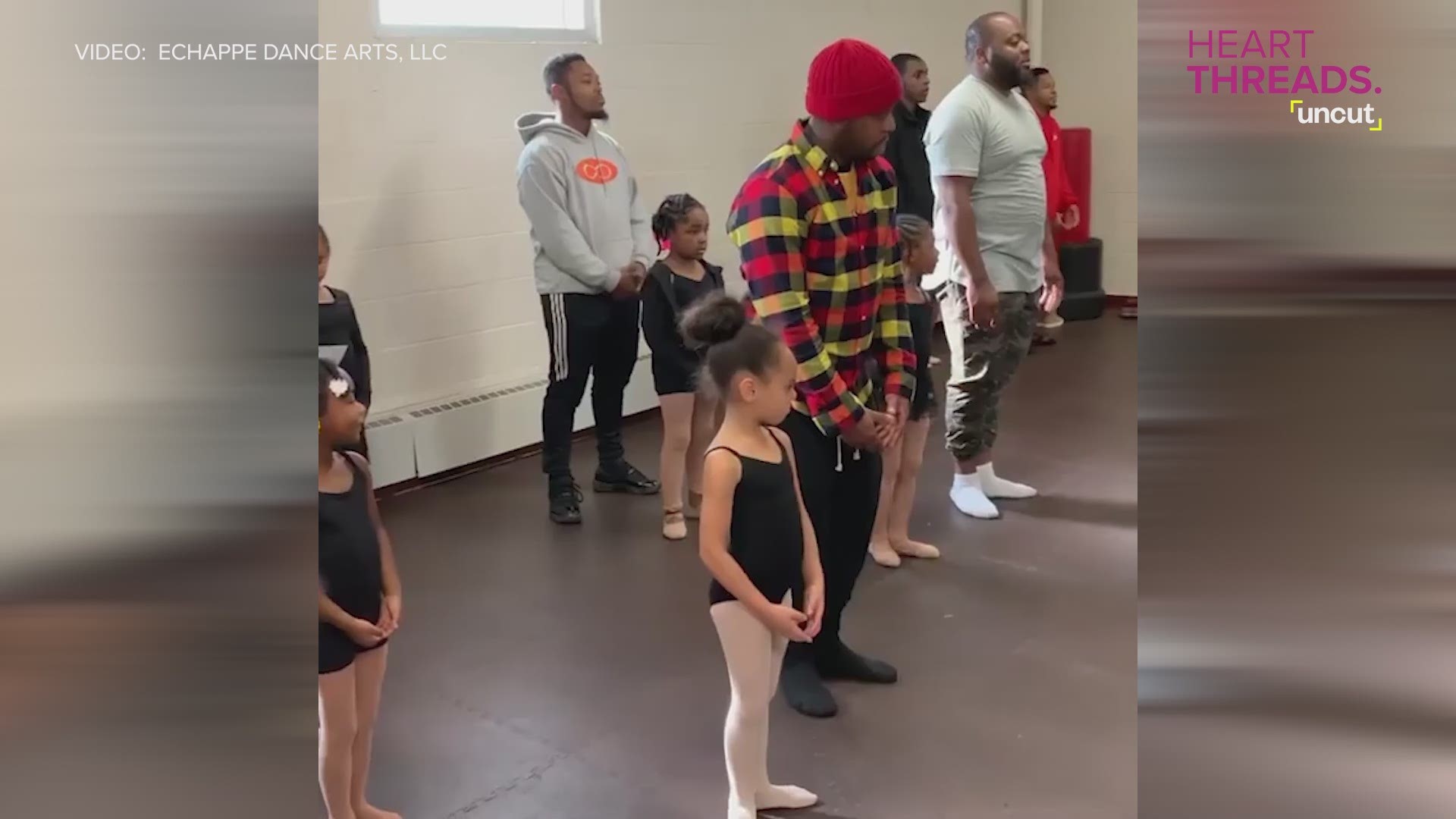Every December, my family decorates two Christmas trees: one for our living room and one for the cemetery, where my sister is buried.
She died when she was 15 years old. Twenty years later, we still buy a new ornament each year to place on her mini graveside Christmas tree.
The ritual might seem a bit strange, but my family isn’t alone. If you drive past a cemetery during the holidays, you’ll likely see graves festooned with holiday decorations and seasonal trinkets.
As a consumer sociologist, I wanted to learn more about this ritual – why people might feel the urge to give something to someone who’s no longer alive, and how it influences the grieving process. After spending eight years observing American cemeteries and studying online grief support groups, my colleagues and I have been able to show how gift-giving can be a positive coping strategy, particularly during the holidays.
The opposite of ‘letting go’
Following the death of a loved one, a person experiences bereavement, which literally means “to be deprived by death.” Emotions can include anger, guilt, anxiety, sadness and despair.
In American culture, people are usually allowed a window of time to grieve. But after a while, there’s pressure to “let go and move on.” Underlying this approach is the idea is that closure (and new relationships) can only happen once the grieving process has ended.
But this suggests grieving is a task that can be completed. In reality, there’s no clear “finish line”: Every death is unique, and people cope with death in different ways. It’s a complex process.
Psychologists Dennis Klass, Phyllis Silverman and Steven Nickman first captured this complexity in 1996 with a concept they call “continuing bonds.” Rather than trying to move on and stop thinking about a deceased friend or family member, it’s the idea that people can better cope if they maintain connections and slowly redefine their relationships with the deceased.
This could mean posting pictures on social media, taking a trip to a place the deceased loved one had always wanted to visit, and – as we discovered – giving gifts.
Bonding with the dead
People not only grieve the physical loss of loved ones; they also grieve the loss of rituals they once shared, from baking holiday cookies to exchanging gifts.
People can’t bring their loved ones back, but they can continue to interact with them symbolically through what we call “restorative giving.” (We call it “restorative” because the grievers we studied found it therapeutic.)
We discovered that some gifts, like greeting cards with handwritten notes, allow survivors to feel connected to their deceased loved ones. Other gifts are a nod to the identity or personality of the lost loved one.

For instance, if a young boy enjoyed playing with Hot Wheels, his family might place new Hot Wheels cars on his headstone each Christmas. Over the course of our research, we observed gifts that ranged from small Jack Daniels bottles to full-size Tonka trucks.
Like other rituals, restorative giving is a tangible way for people to cope with their grief, while allowing them to maintain ties with the deceased.
As one person in our study explained:
“We leave pictures, letters, statues, cards and just about anything you can think of… For my family, we deal with [my sister’s] death by including her in things we continue to do. She is gone from this earth, but not from our hearts and our memories. Visiting my sister’s grave and leaving trinkets is our way of keeping her with us – even if only in our hearts and memories.”
Filling the void
While the holiday season is often full of cheer, there can be an undercurrent of sadness to gatherings with friends and family. There’s often the void left by those who are no longer alive to celebrate.
Giving gifts helps alleviate this sorrow in a number of ways.
First, it can continue holiday rituals. For example, one young woman took a turkey wishbone to the cemetery where her 13-year-old sister is buried; they’d had a tradition of fighting over it during holiday meals.
Alternatively, restorative giving can offer an opportunity to develop new rituals that memorialize loved ones. After her daughter died, one mother started an annual tradition of inviting friends and family to her home on Thanksgiving to decorate the family Christmas tree. Each year, she asks guests to bring a new ornament in memory of her daughter.
It’s also a way for deceased loved ones to “be included” in big events, whether it’s a family vacation or an important accomplishment. After working to complete evening college courses, one young woman left her own graduation tassel at her sister’s grave. Others brought back gifts from family vacations, like seashells and sand from a holiday beach trip.
But you don’t need to be able to visit a cemetery to participate in restorative giving. If a dead friend or family member has been cremated or the cemetery’s thousands of miles away, you can still find ways to symbolically engage in gift-giving to cope with loss. Bake grandma’s favorite cake for a family event. Buy a gift your child would have liked and donate it to a local charity. Take your siblings to see your parent’s favorite sporting event.
![]() Even though the deceased are physically gone, in these rituals, objects and experiences, they can still live on.
Even though the deceased are physically gone, in these rituals, objects and experiences, they can still live on.
Jenna Drenten, Assistant Professor of Marketing, Loyola University Chicago
This article was originally published on The Conversation. Read the original article.



